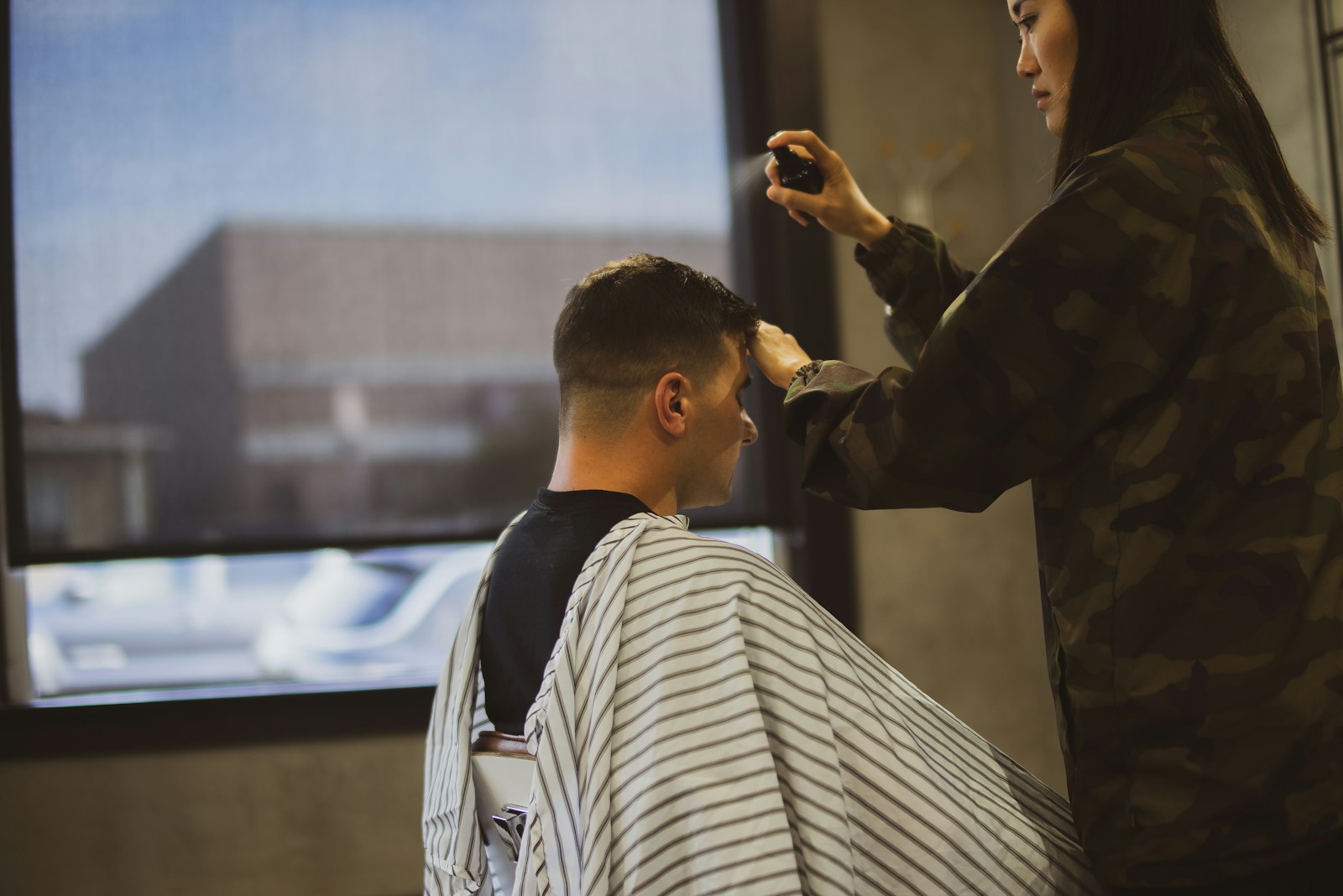
The first week you hold clippers, nobody warns you about the tiny panic that lives in your thumbs. You think: how hard can this be? Then a neckline goes a bit wonky and the mirror suddenly feels… very honest. That’s the job. Learning, fixing, trying again. A structured barber training program helps you not drown in the chaos, but the truth is – progress doesn’t look like a straight line. Some days you nail it. Other days you wonder if your hands forgot everything. Welcome to the craft.
Phase 1: Foundations (awkward, necessary, weirdly satisfying)
You start with the boring stuff people skip in highlight reels: guards, blades, sanitation, skin, bone, light, shadow. Posture. Where to stand so your wrist doesn’t hate you by Friday. You get one clean taper and then three that look like someone drew a horizon with a ruler on a boat. It’s fine. It’s feedback. Take notes after each cut (yes, actually write them), and build tiny rituals that save you: clipper maintenance, sectioning, checking the crown twice. Also – calendar discipline. Without decent time management, everything else buckles. Show up early. Overestimate how long your cuts take. Clean faster than you think you can. Little habits = fewer “oh no” moments.
Short version: don’t rush. Long version: don’t rush, but also don’t baby yourself. Two models a day becomes three. Three becomes four. You’ll start hearing the difference between “looks even” and “is even.”
Phase 2: Real clients, real pressure (the human part)
Plastic heads don’t flinch. People do. They also change their mind mid-consultation, mumble their request, and bring in a photo from ten years ago with a completely different hairline. This is the phase where you learn to talk like a professional and listen like a friend. You’ll catch yourself mirroring their language: “natural,” “tight,” “low fade, not skin.” Eye contact in the mirror, not just the hair. Be clear. Be kind. And remember your presence is part of the service. How you stand, your music, your clothes, your smell (yep), your hello, your goodbye – brand, whether you meant to build one or not. Spending an hour on setting up branding can save you months of confusion later; it’s not just logos, it’s how you show up when someone sits in your chair and hands you their reflection.
You’ll mess up lines. You’ll fix them. You’ll learn to under-promise, over-deliver, and you’ll start to feel the cut before you see it. That’s new. That’s good.
Phase 3: Refinement & specialization (flow… with teeth)
At some point the clippers become quiet in your hand. Not silent – just calm. You stop narrating every step in your head. The muscle does it; the mind watches. Now the danger is comfort. So push a little: beard work, razor fades, texture play, scissor-over-comb until it sings. Teach a newer trainee for a day and watch your own gaps appear (useful, humbling). Keep a photo log; post your worst “before” alongside the honest “after.” And steal (respectfully) from barbers better than you: angles, sectioning, timing, station setup. This is the boring truth about building success – not fireworks, just iteration. Tiny, repeatable gains until the whole thing looks like mastery from the outside.
Also, build your body like an athlete. Stretch forearms. Fix your stance. Eat. Water. (You laugh now. Talk to your back in five years.)
Quick accelerators (scribbled in the margins)
- Two mirrors, always. One for shape, one for honesty.
- Touch your tools before every cut. You learn them like instruments.
- Ask one precise question during the consult: “How do you style it on workdays?” That answer saves you.
- Photograph the crown every time. Patterns hide there.
- Book a model with “difficult hair” weekly. You’ll grow faster on the hard reps than the easy wins.
- Five-minute reset between clients: wipe station, breathe, reset playlist, reset brain. Looks small. Isn’t.
Final Thought (not tidy, but true)
Barbering is strangely intimate work. A buzzing room, stories you didn’t expect to hear, someone walking out a fraction taller because you paid attention for half an hour. On paper it’s hair. In practice it’s care. You won’t love every day. That’s okay. Keep the rituals. Keep learning. Keep your edges sharp and your ego soft. The craft will meet you where you are – and move you, if you let it.



